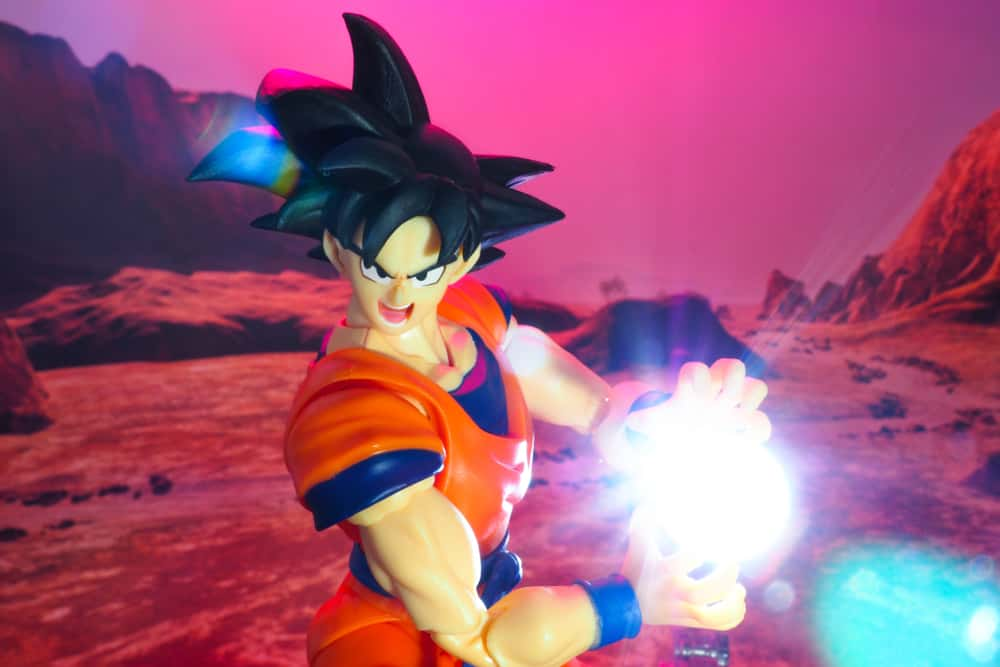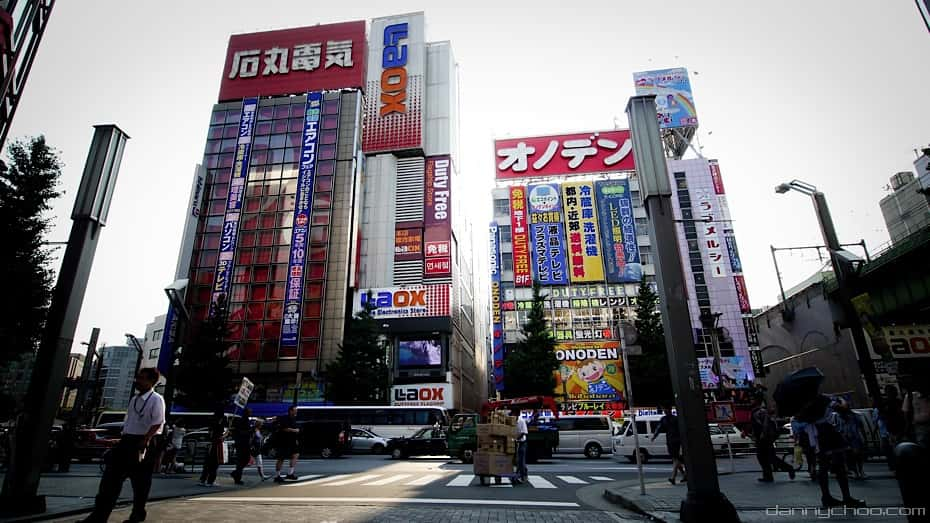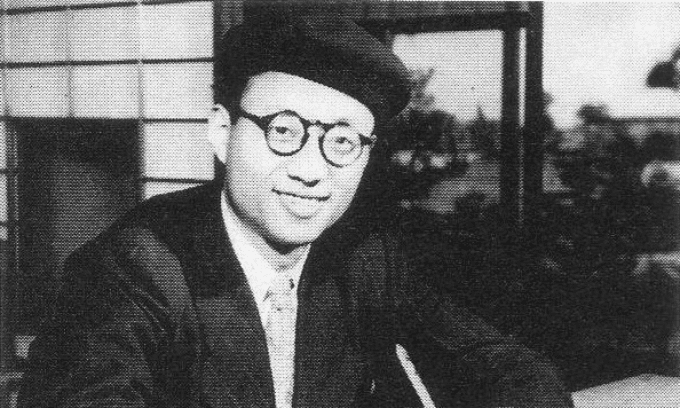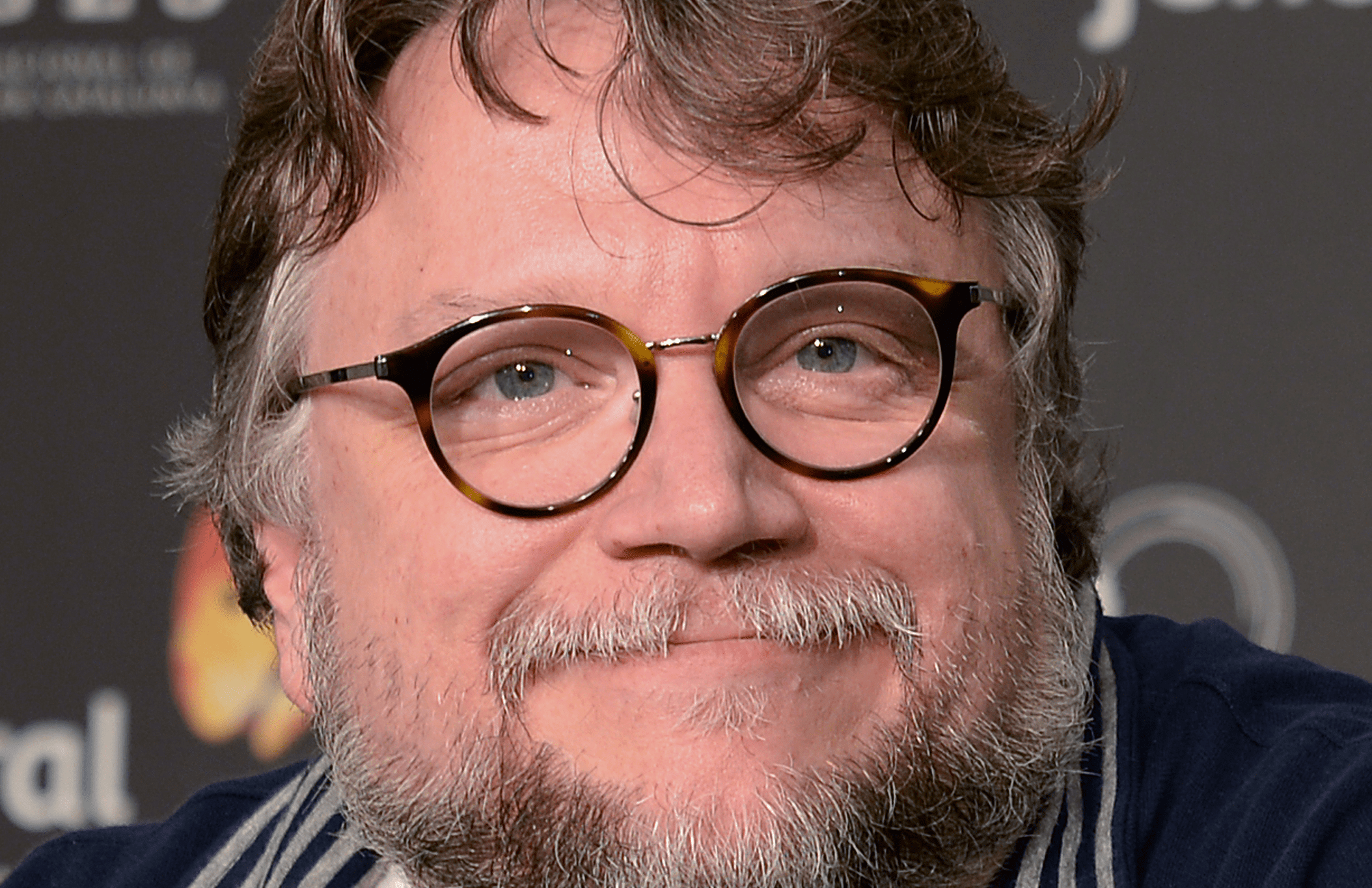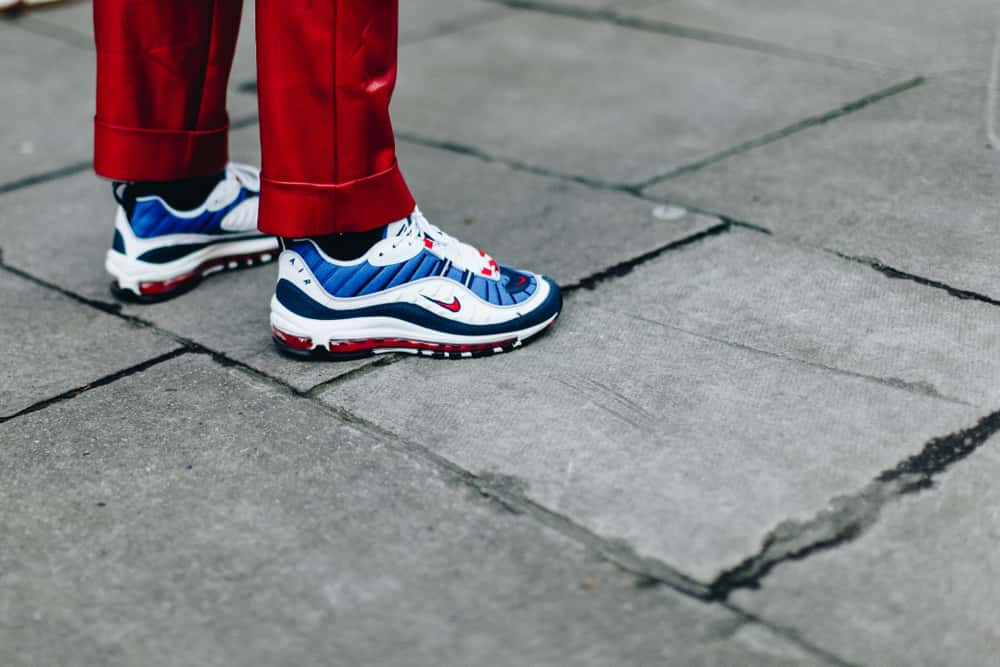Although it was once extremely foreign to Western children, a new generation of kids has grown up watching Japanese animated shows like Dragon Ball, Pokémon and Naruto, or watching movies like Spirited Away and My Neighbor Totoro. Today, people all over the world are infatuated with anime, whether for its art style, its different from of storytelling, or simply because it's produced so many classic works. Whether you're a big fan ready to argue if the Attack on Titan anime lives up to the original manga, or if you're a complete novice and are just wondering what this is all about, read on for 24 facts about the movies and TV shows that put this distinctive art form on the map.
1. Lost in Translation
Although most people know anime is Japanese, less might know what the word actually means. In English speaking countries, many resources might simply refer to it as an animation style developed in Japan. However, in Japanese the word "anime" is just a blanket term for all animation, and doesn't necessarily refer to the specific style with which we here in the West associate it.
2. MVP
Akira (1988) is credited as the film that led to a second wave of anime-fandom in the West, and paved the way for properties like Dragon Ball Z and Pokémon. It has influenced directors such as Rian Johnson (Looper, Star Wars: The Last Jedi) and musicians like Kanye West, who did an homage to the movie in the music video for his hit song "Stronger" in 2007.
3. Looking Ahead
The anime industry is currently working at "full capacity," which means all of the studios are already fully booked for projects. In this case, all of the studios are booked until the year 2020. Although this might sound like a good thing, this is expected to hamper growth in future years.
4. Going Strong
100 years after the first ever Japanese animated work, anime set a record year with earnings of $17.7 billion in 2017. Nearly half of Japanese domestic box office grosses came from the film Your Name. Overseas sales of broadcasting rights, DVDs etc. increased by almost a third, while licensing fees for mobile games have also been a key contributor to the industry's growth.
 Your Name, 2016, CoMix Wave Films
Your Name, 2016, CoMix Wave Films
5. Live Fast, Go Young
One of the main factors that might impede the anime industry going forward are the low wages paid to junior animators. Additionally, Japan's large portion of older workers limits the amount of young people who are able to get their start in the industry.
6. Looks Good for its Age
Anime started gaining more popularity in the 1980s and '90s, but it actually dates back to 1917 during the era of silent films.
7. The Real Anime
Although anime (with the Japanese definition as a generic term for animation) began in 1917, anime as industry experts and general audiences think of it, with its distinctive style, began with Astro Boy (1963-1975), which started as a manga before being adapted to television in the early '60s. Prior to Astro Boy, issues such as financing made anime a peripheral focus in Japan. World War II developments such as censorship and economic woes then made it even more difficult for anime to expand. However, with Japan's post war economic boom, TVs became more popular and anime began to become more and more widespread.
8. Cellular
Anime's distinctive visual style began with "cel animation." Cels are transparent sheets artists drew and painted on in order to create a single frame of animation by layering multiple cels together. Tezuka Osamu began to reuse cels and used fewer frames in order to cut down on production costs, because he realized that such fluid motion was not necessary to have audiences to connect with a film. "Full-animation" uses about 12-28 images per second, while Osamu's early anime used about eight.
9. Heads High
Although some anime characters might look over-the-top, anime actually aims for proportionality when drawing humans or humanoid characters, much more so than was usually the case with Western animation. A general rule in anime is that the average person is about seven heads tall. Also, women typically have longer legs and shorter torsos than men. A head that is too big or out of proportion for the body is usually reserved for a child or character that is meant to be child-like.

History's most fascinating stories and darkest secrets, delivered to your inbox daily.
10. You Can't Just Ask People Why They're White
Many fans remark that anime characters look caucasian to them, and will often stick with the logic that if the character looks white, then they must be white. Even if they have names like Light Yagami or Ichigo Kurosaki and live in Japan. Anime artists are trained in a method known as mukoseki (without nationality). Therefore, anime characters are not depicted with the racist, stereotypical markers Western audiences may be used to in portrayals of Asian characters, such as yellow skin and slanted eyes. Anime characters are drawn with more generic features, or features that Western audiences might think of as "white" ones, such as light skin and round eyes. Look at it this way, if you draw a stick person in America, people will likely assume it's meant to be a white person unless you add some racial marker like brown skin. In Japan, white is not the default, so Japanese audiences do not assume the characters are white. Even if the character does not have a Japanese name, they were created by a Japanese person in Japan so there is a good chance they are meant to be, you know, Japanese.
11. Harvey Scissorhands
Harvey Weinstein gained a reputation for aggressive editing of films that went through his entertainment companies. Weinstein got distribution for Studio Ghibli's Princess Mononoke, and the Studio's producer made it very clear he wouldn't tolerate any editing: He sent Weinstein a samurai sword with the words "no cuts" engraved on the blade. Thank you, Toshio Suzuki.
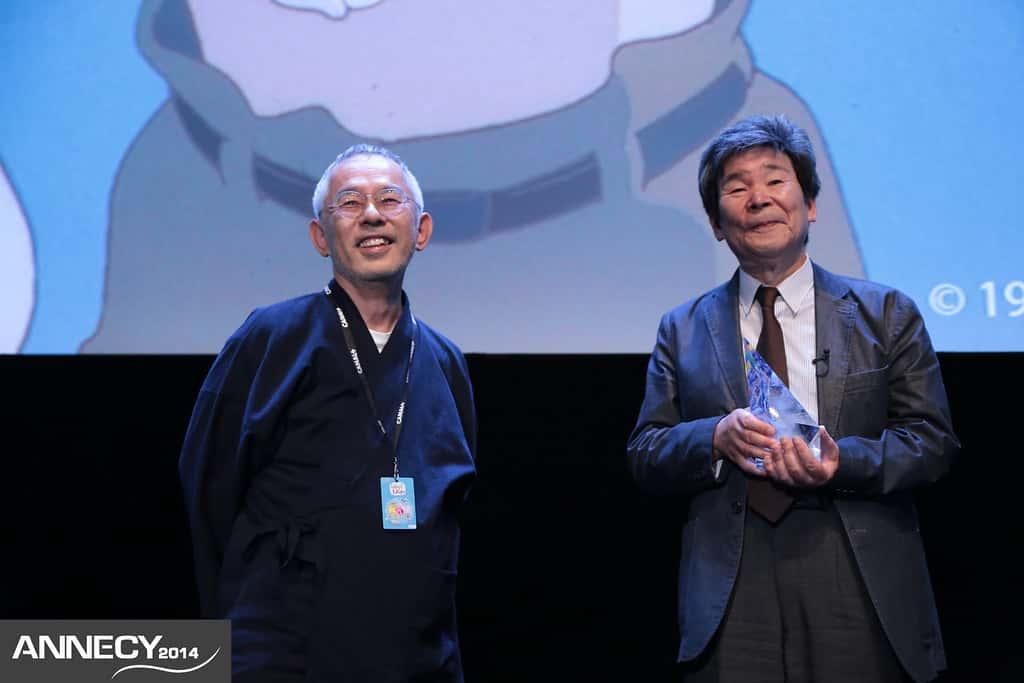 Flickr
Flickr
12. Anime to Oscars
2018's Best Director Oscar winner Guillermo Del Toro says anime was a key creative influence for him growing up, along with other properties like monster movies. Pacific Rim in particular was heavily influenced by shows like Astro Boy (1963) and Tetsujin 28-go (1956). So people can stop saying Pacific Rim was inspired by Transformers.
13. Classics are Classics
Osamu Tezuka was a huge fan of Disney cartoons, watching properties like Dumbo and Uncle Scrooge. Some analysts have drawn comparisons between the distinctive anime style he helped to develop and Disney's animation, such as the round heads and large expressive eyes.
14. Windows to the Soul
Anime is known for the large eyes that it typically bestows on its characters. The face, and the eyes in particular, are key to expressing feeling and serve as a vehicle for emotion in a medium that limits animated movement in order to cut down on costs.
15. Inspiration and Ripoff
The Lion King is one of the most famous films of all time, and definitely one of Disney's hallmark productions. Interestingly, Osamu Tezuka wrote a manga called Jungle Emperor or Kimba the White Lion for English audiences that preceded The Lion King by decades. Aside from the obvious name similarity, Kimba had a similar plot and even similar scenes, with many people decrying that the Disney film is a blatant rip-off, despite the fact that the company has continually denied these allegations.
 Jungle Emperor Leo, 1997, Tezuka Productions
Jungle Emperor Leo, 1997, Tezuka Productions
16. Comic to Film
While we may be used to comic books being translated to film, especially nowadays, in Japan many popular animes like Sailor Moon and One Piece took the exact opposite route and were adapted from popular, long running manga series (manga are Japanese comic books for the uninitiated).
 Flickr
Flickr
17. King of the Hill
Your Name (2016) is the highest-grossing anime film of all time, making over $326 million prior to its American release. Your Name usurped the long-reigning Spirited Away (2001) for the title. Director Makoto Shinkai obviously wasn't expecting the film to be so popular, and had a remarkably self-deprecating comment on the film's success: "It's not healthy. I don't think any more people should see it."
 Your Name, 2016, CoMix Wave Films
Your Name, 2016, CoMix Wave Films
18. Is this Your King?
Michael B. Jordan, best known as Killmonger in 2017's Black Panther, is a longtime fan of anime, with Dragon Ball Z and Naruto being some of his favorites. Do you think it's cool yet?
 Wikipedia
Wikipedia
19. Here Comes the Boom
Anime is currently experiencing its “third boom” according to Hiromichi Masuda, from the Association of Japanese Animations. The first boom started with Astro Boy in 1963, then the second started with Pokémon, Princess Mononoke and Neon Genesis Evangelion in the mid to late 90s.
20. Eastern Comic Con
AnimeJapan is an anime and manga convention that amassed over 150,000 attendees this year, after only five years in existence.
 Flickr
Flickr
21. Jays on My Feet
The anime industry has actually collaborated with brands like Air Jordan and Adidas for character inspired kicks, including ones like Nike Gundam, a shoe based on the sprawling space robot anime series Mobile Suit: Gundam.
22. Mobile Suit
Steven Spielberg’s Ready Player One and the book it was based on actually feature a Mobile Suit from Gundam Wing, further demonstrating the influence of anime on pop culture.
23. Chill
Netflix has been credited as a boost to the anime industry since it helps to produce more dubbed versions of animes and expand their worldwide distribution. Direct Netflix distribution also removes the need for the production committees that shows in Japan need to go through, streamlining the creative process. But Netflix doesn't only license dubbed versions of popular anime franchises, it's actually gotten into the game itself with hit shows like Devilman Crybaby and Castlevania.
24. So Hot Right Now
CrunchyRoll is the most popular dedicated anime streaming service in the US. Basically like Netflix but exclusively for anime, the San Francisco based website ranked in the top ten of all subscription services in 2016.
25. Ahoy
Like in the film and television industry as a whole, piracy is having a huge impact on the anime industry. Although figures might still be promising, paid streaming services drive many fans to use free, illegal ones instead. Some companies such as Funimation have tried to have these sites shut down. Other companies are trying to procure deals with Netflix and Amazon since these outlets allow their shows to be released in large chunks, negating the need to resort to piracy.
 Wikimedia.Commons
Wikimedia.Commons
Sources: 1, 2, 3, 4, 5, 6, 7, 8, 9, 10, 11, 12, 13, 14, 15, 16, 17



